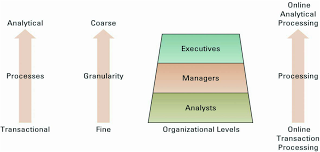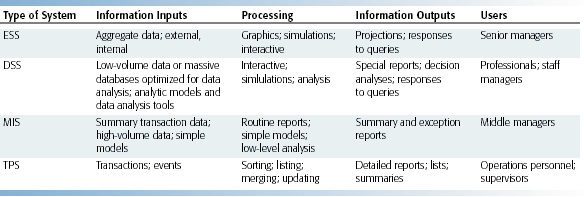

Finally, companies must purchase the entire software package even if they require only a few of the modules.ġ. Companies may also need to change existing business processes to fit the predefined business processes of the software. ERP software includes a set of interdependent software modules, linked to a common database, that provide support for the internal business processes in the following functional areas: finance and accounting, sales and marketing, manufacturing and production, and human resources.ĮRP systems can be extremely complex, expensive, and time consuming to implement. ERP systems provide the information necessary to control the business processes of the organization. The major objectives of ERP systems are to tightly integrate the functional areas of the organization and to enable information to flow seamlessly across the functional areas. Define ERP and describe its functionalities.Įnterprise resource planning (ERP) systems integrate the planning, management, and use of all of an organization’s resources. For example, the performances of different business units or time periods.ġ. For example, a chief financial officer might want to monitor cash flow and cash on hand. Key-indicator reports summarize the performance of critical activities. For example, a manager might examine sales by region and decide to “drill down to more detail” to look at sales by store and then by salesperson. Drill-down reports show a greater level of detail. On-demand reports, which are non-routine reports are supported in these ways and through these types: Managers are alerted to the exceptions via exception reports. The company then sets up systems to monitor performance, compare actual performance to the standards, and identify predefined exceptions. Ti implement management by exception, management first creates performance standards. How does an FAIS support management by exception? How does it support on-demand reports?Įxception reports include information that falls outside certain threshold standards. And exception reports include information that falls outside certain threshold standards.Ģ. Ad-hoc reports also can include requests for drill-down reports, key-indicator reports and comparative reports. Routine reports are produced at scheduled intervals. The information is provided in a variety of reports (routine, ad hoc and exception) and provide information to managers regardless of their functional areas.

They use this information to help them plan, organize, and control operations. What is a functional area information system? List its major characteristics.įunctional area information systems (FAISs) provide information mainly to lower and middle-level managers in the functional areas. The backbone of most information systems applications is the transaction processing system.ġ. TPSs have to handle high volume and large variations in volume efficiently, avoid errors and downtime, record results accurately and securely, and maintain privacy and security. These data are inputs to the organization’s database. Transaction processing (TPSs) monitor, collect, store, and process data generated from all business transactions. What is a Transactional Processing and the role of TP systems.

For more effective and efficient way to process the transaction data some firms take the aid of computer's assistance.1. It provides accuracy and speed and the daily transactions can programmed to follow the daily routines without any kind of inconsistency. It helps to smoothen the system without any variance. Transaction Processing Systems (TPS) is very essential in any organizational structure for speed and accuracy in the system. Transaction Processing procedures are also often refereed as Standard Operating Procedures. TPS, is found in all organization's at the Lower level management and it contains a set of activities which help the lower level management to manage the procedures for handling the needful transactions. These types of the transactions vary from organization to organization. Some of the common transactions which are affected by the TPS include the billing customers, Placing orders, depositing checks etc. TPS is any event or activity which affects the working of the organization. Transaction Processing Systems (TPS) aims for improving the routine activities of the organization which are related to business.


 0 kommentar(er)
0 kommentar(er)
